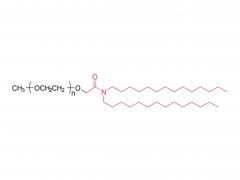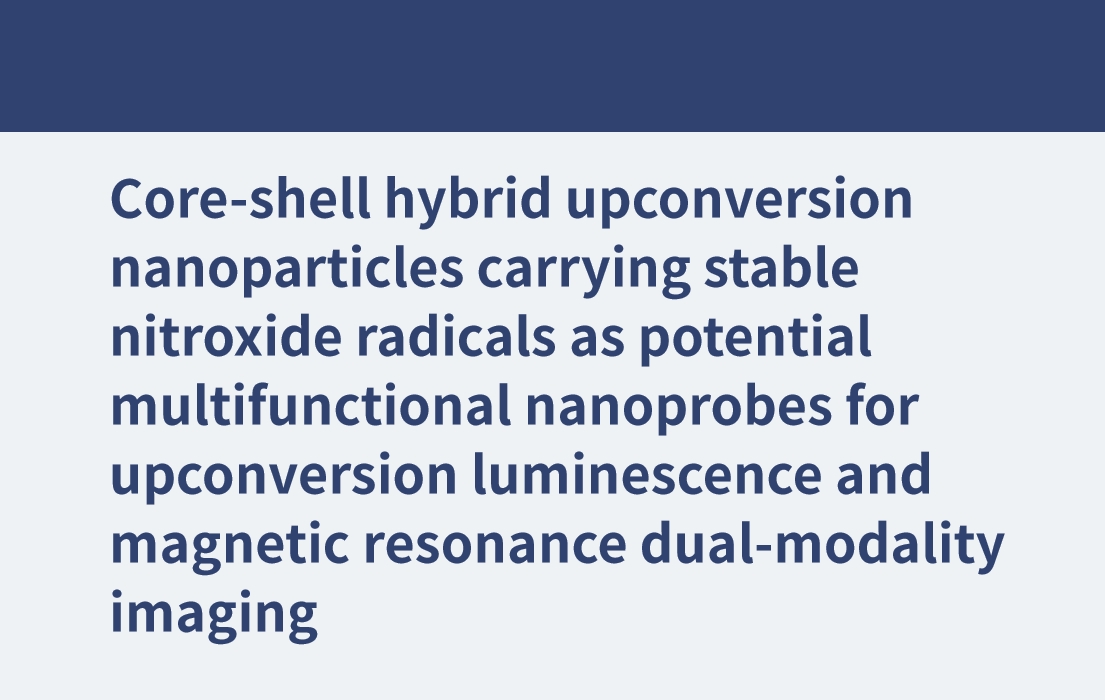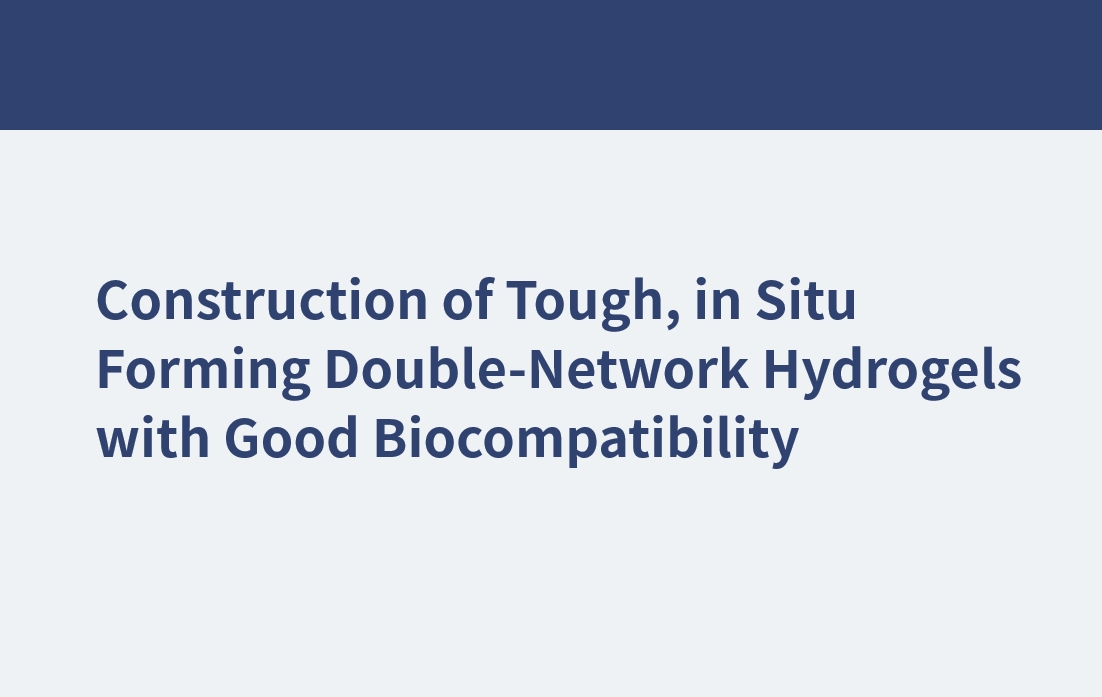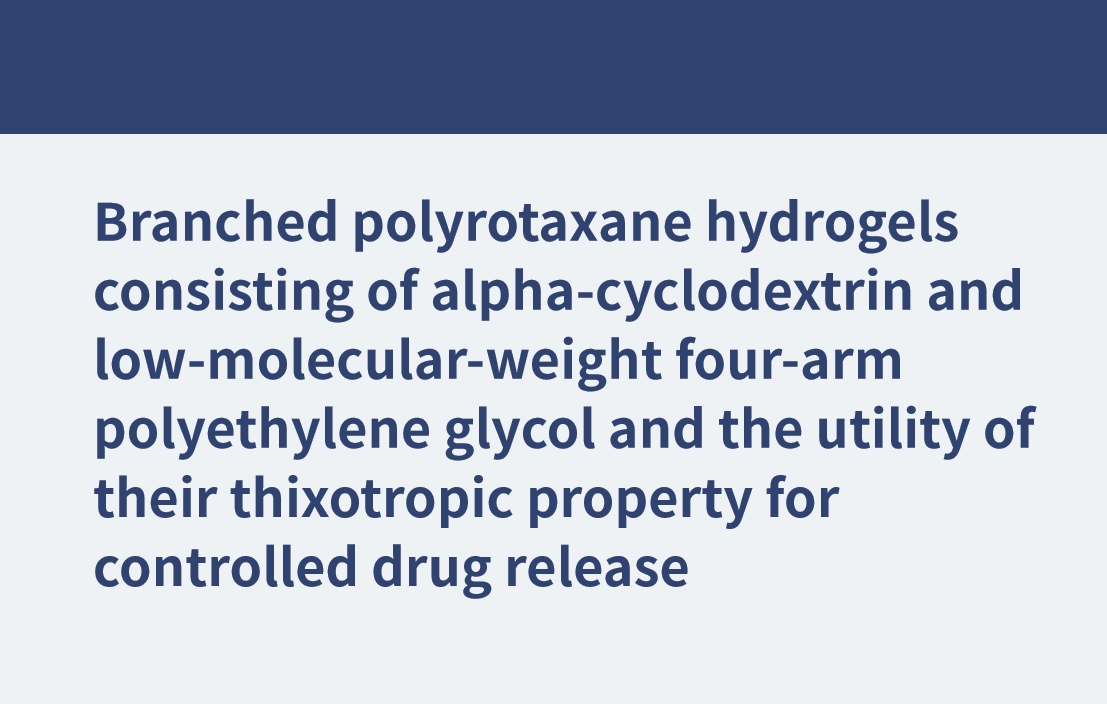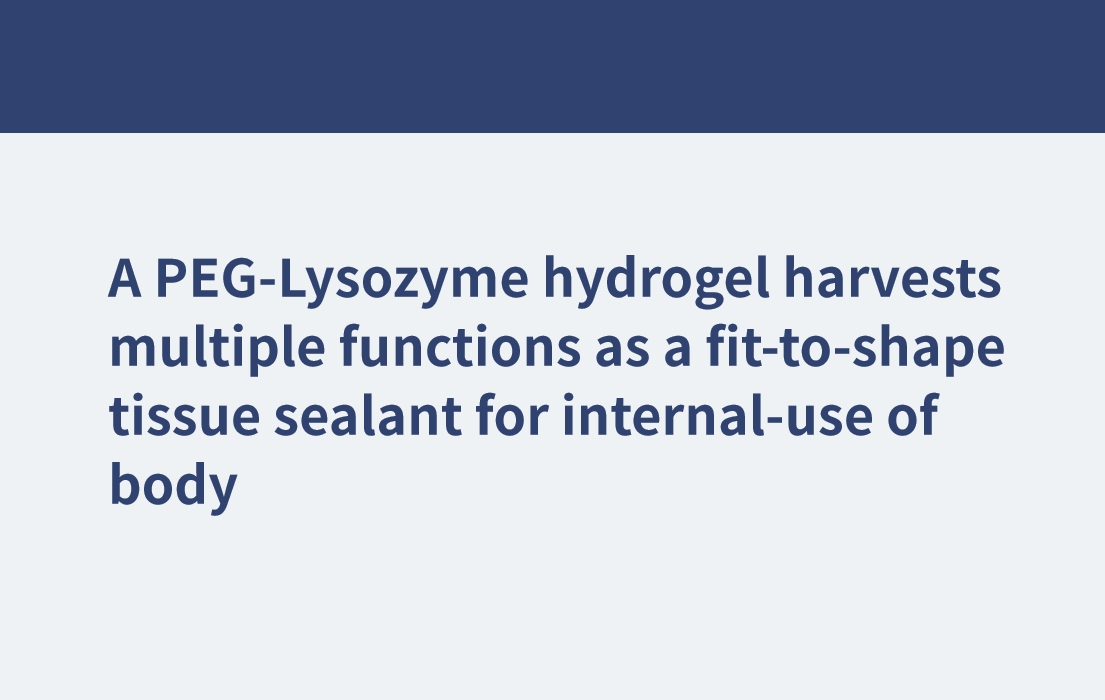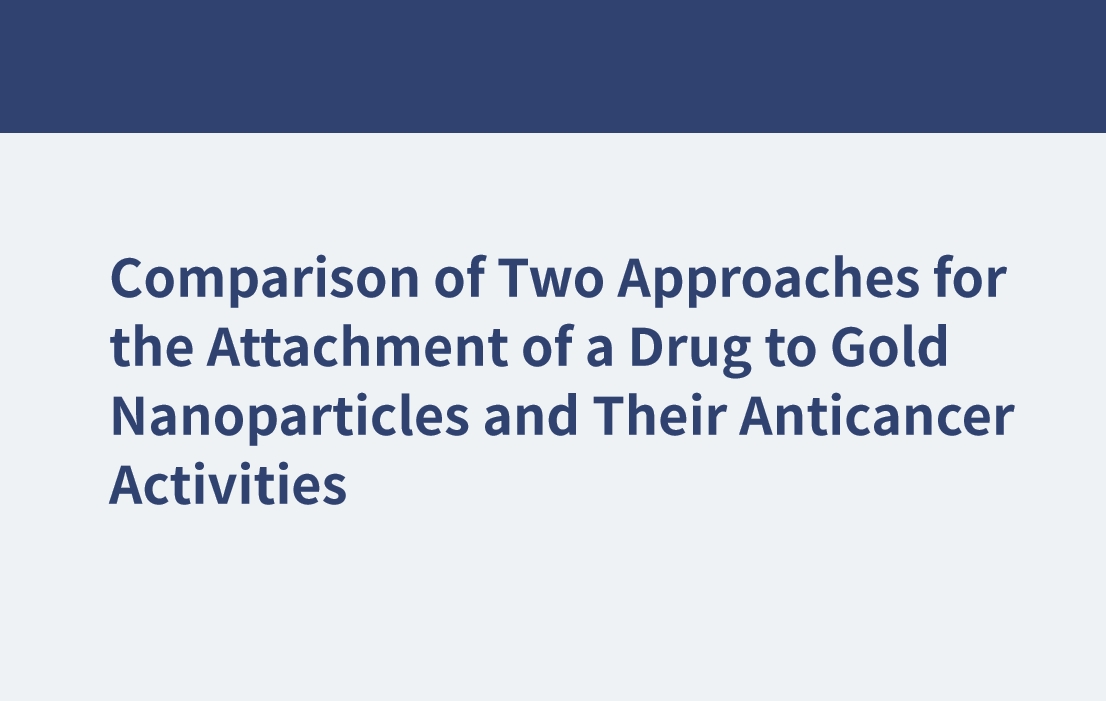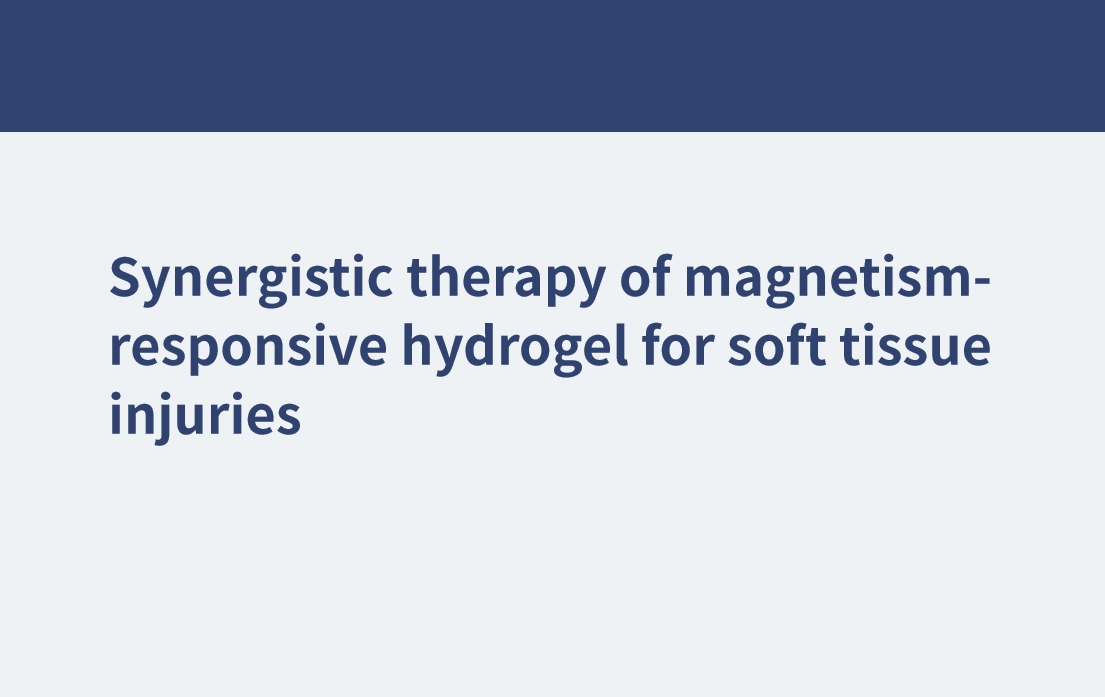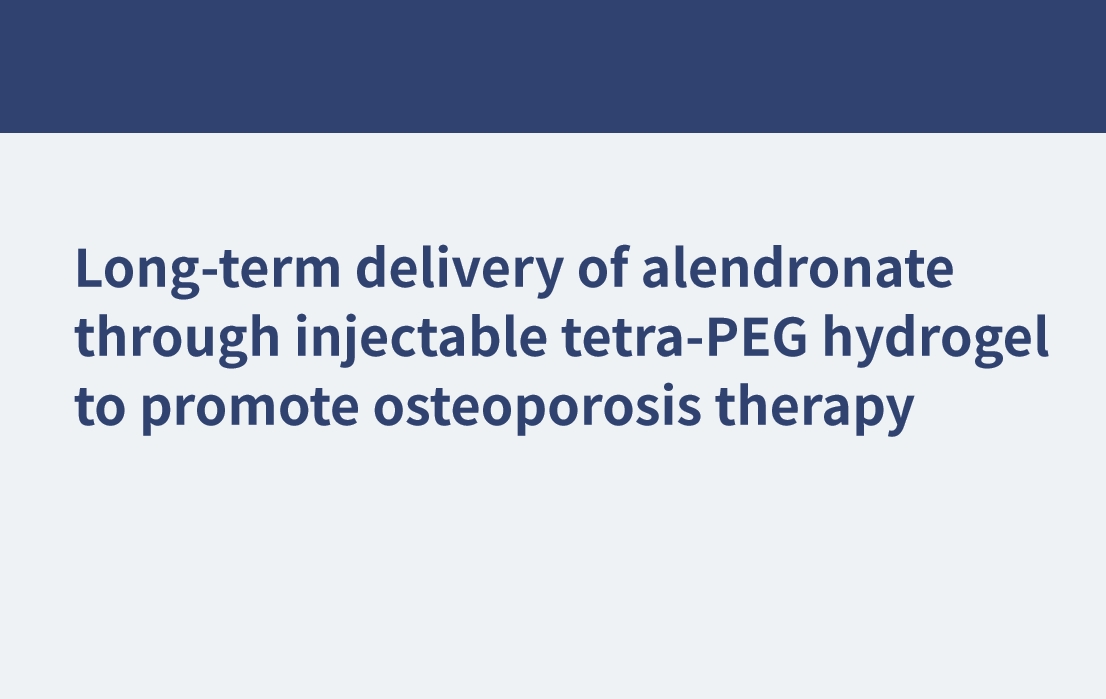Comparison of Two Approaches for the Attachment of a Drug to Gold Nanoparticles and Their Anticancer Activities
2024-04-25
Mol. Pharmaceutics 2016, 13, 9, 3308–3317 August 12, 2016 https://doi.org/10.1021/acs.molpharmaceut.6b00619 Comparison of Two Approaches for the Attachment of a Drug to Gold Nanoparticles and Their Anticancer Activities Yingjie Fu†, Qishuai Feng‡, Yifan Chen‡, Yajing Shen‡, Qihang Su‡, Yinglei Zhang‡, Xiang Zhou*†, and Yu Cheng*‡ Abstract Drug attachment is important in drug delivery for cancer chemotherapy. The elucidation of the release mechanism and biological behavior of a drug is essential for the design of delivery systems. Here, we used a hydrazone bond or an amide bond to attach an anticancer drug, doxorubicin (Dox), to gold nanoparticles (GNPs) and compared the effects of the chemical bond on the anticancer activities of the resulting Dox-GNPs. The drug release efficiency, cytotoxicity, subcellular distribution, and cell apoptosis of hydrazone-linked HDox-GNPs and amide-linked SDox-GNPs were evaluated in several cancer cells. HDox-GNPs exhibited greater potency for drug delivery via triggered release comediated by acidic pH and glutathione (GSH) than SDox-GNPs triggered by GSH alone. Dox released from HDox-GNPs was released in lysosomes and exerted its drug activity by entering the nuclei. Dox from SDox-GNPs was mainly localized in lysosomes, significantly reducing its efficacy against cancer cells. In addition, in vivo studies in tumor-bearing mice demonstrated that HDox-GNPs and SDox-GNPs both accumulate in tumor tissue. However, only HDox-GNPs enhanced inhibition of subcutaneous tumor growth. This study demonstrates that HDox-GNPs display significant advantages in drug release and antitumor efficacy. KEYWORDS: gold nanoparticle, doxorubicin, drug delivery, anticancer activity Related products Abbreviation: MeO-PEG-SH For more product information, please contact us at: US Tel: 1-844-782-5734 US Tel: 1-844-QUAL-PEG CHN Tel: 400-918-9898 Email: sales@sinopeg.com
View More







